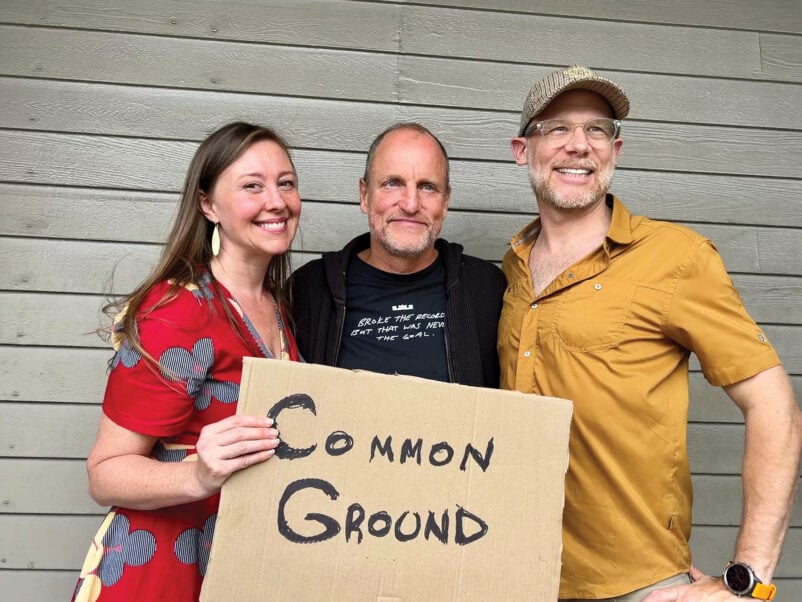Investors woke up May 29 to a series of troubling headlines. They should “worry,” according to the New York Times, because the yield curve between 3-month and 10-year bonds (T10Y3M) had inverted. The hue and cry was that an inversion is a harbinger of recession, and indeed, yield curve inversions are frequently a leading indicator of a downturn. “It can be a predictor of a recession,” Janet Walker, a portfolio manager and vice president at Abbot Downing, tells Worth. “The bond market is certainly suggesting that things are going to be choppy.”
What is a yield curve inversion?
Ordinarily, when the economy is healthy, longer-term bonds, such as the benchmark 10 year, have a higher rate of return than short-term bonds, such as the 3-month or 2-year. This is because investors have to lock their money up for a longer period of time in a 10-year bond and consequently, the risk they accrue is seen to be greater because of the duration.

In an inversion, these long-term bonds offer lower returns than short-term bonds, which could indicate that investors believe that GDP is on a downturn—in other words, that a recession is in the offing. “The rush to safety continues to dominate the global markets,” Kevin Giddis, head of fixed income capital markets at Raymond James told CNBC. “On a straight yield, there is no better place to hide than U.S. Treasuries.”
Yet this particular inversion may not be serious, at least not yet. “We went through this a month and a half ago—the 3-month and 10-year inverted for about seven days,” says Leslie Falconio, executive director at UBS Wealth Management. “It’s the magnitude and duration that matters. How long it stays inverted is the important indicator.”
In the last two recessions, in 2007 and 2000, the 3-month and 10-year bonds inverted for several months, she notes. And the inversion was substantial: 60 basis points in 2007 and 100 in 2000. For comparison, the current inversion was off by -0.28 at the close on June 4. “It’s the most negative we’ve been since that 2007 era, in terms of inversions,” says Falconio. “But before you can draw a conclusion, it needs to stay there for some period of time.”

Why is the yield curve inversion happening?
“The fundamentals are still strong in the U.S.” says Falconio, unless the curve falls 60 basis points, and stays there for months. The fact of the matter is that there are a lot of reasons that investors might be seeking long-term safety right now, beyond worries about a potential decline in GDP.
The inversion came as president Donald Trump tweeted that he wanted to impose 5 percent, and potentially 25 percent, tariffs against Mexico over immigration concerns. If those tariffs go into effect on June 10, which seems unlikely in the face of Democratic and Republican opposition, it “would obviously have an impact on corporate profits,” Falconio says, and could lead to an eventual rise in inflation.
The other factors at play include Brexit and the ongoing trade tiff with China, says Walker. “We’re appreciating the near-term risk more now than we were even a few weeks ago.”
So what should investors do?
Even if the yield curve inversion doesn’t mean there’s going to be a recession (yet) and even if tariffs against Mexico seem unlikely, Brexit and the trade war are real, and the bond market is behaving differently than it normally does. What should investors—retail or high net worth—do?
If we miss a lot of the bad days, it’s easy to miss some of the best days.
“A fully diversified portfolio of stocks, bonds and private capital will help us weather the volatility that we’re seeing on the horizon,” says Walker. “We encourage people to rebalance their portfolios and make sure they’re not overweight to equities and to make sure they have enough cash on hand to meet any short-term liquidity needs they might have.” She cautions that investors should be mindful of volatility but stay invested. “Sometimes investors get uncomfortable and say, ‘I know this recession is coming and I want to go all to cash.’ But what history has told us is it’s very easy to miss the recovery. If we miss a lot of the bad days, it’s easy to miss some of the best days.”
The single most important thing investors should do if they’re worried about the yield curve inversion, potential recessions, Brexit, Mexico tariffs or the trade war with China? “Don’t panic,” Walker says. And talk about your worries and plans with an expert. “It’s always good when the markets are volatile like this to just make sure you’ve got that open dialogue with your advisor.”









